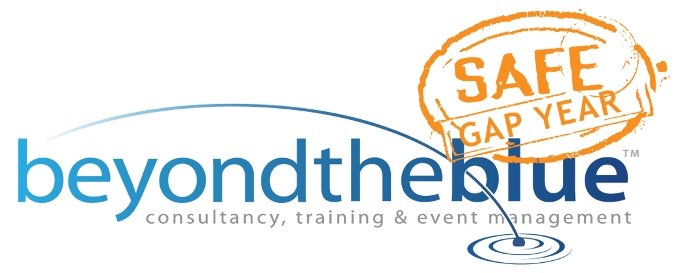
Title – Machu Pitcchu
Date – October 2006
Location - Peru
Antipater of Sidon in the 2nd century BC made a list of the seven wonders in the world; none were far from the Greek capitol.
At Beyond The Blue we say “Antipater you missed a couple…”:
Angkor Wat, The Grand Canyon, The Great Barrier reef, Yogyakarta, Hagia Sophia, Mount Everest, The Serengeti, La Sagrada Familia, Angel Falls, Easter Island, Stonehenge, Rio Carnival, Victoria Falls, Glacier National Park, Heilala Festival, The Bay of Islands, Raffles Hotel, Table Mountain, The Skeleton Coast, The Northern Lights, Galapagos Islands, Sipidan Island, The Great Wall of China, The Haj, Uluru, Venice, The Taj Mahal, The Amazon River & Rainforest, Yap, Lake Titicaca, Necker Island, The Trans Siberian Express, St Petersburg, Mount Kilimanjaro, The Garden Route – South Africa, Halong Bay, The Pacific Coast Highway – USA, Lake Baikal, The Gobi Desert, Lhasa, Kodiak Island………
……….need I go on?
Oh….. and Machu Pitcchu
Our Gap Year and Independent Travel Safety & Awareness workshop allows those attending to draw up their own list with and with a little bit of help from us, to travel to their chosen destination with confidence and return home safely.
Please visit our website at www.safegapyear.com
Image – ©Heather Spalton
Date – October 2006
Location - Peru
Antipater of Sidon in the 2nd century BC made a list of the seven wonders in the world; none were far from the Greek capitol.
At Beyond The Blue we say “Antipater you missed a couple…”:
Angkor Wat, The Grand Canyon, The Great Barrier reef, Yogyakarta, Hagia Sophia, Mount Everest, The Serengeti, La Sagrada Familia, Angel Falls, Easter Island, Stonehenge, Rio Carnival, Victoria Falls, Glacier National Park, Heilala Festival, The Bay of Islands, Raffles Hotel, Table Mountain, The Skeleton Coast, The Northern Lights, Galapagos Islands, Sipidan Island, The Great Wall of China, The Haj, Uluru, Venice, The Taj Mahal, The Amazon River & Rainforest, Yap, Lake Titicaca, Necker Island, The Trans Siberian Express, St Petersburg, Mount Kilimanjaro, The Garden Route – South Africa, Halong Bay, The Pacific Coast Highway – USA, Lake Baikal, The Gobi Desert, Lhasa, Kodiak Island………
……….need I go on?
Oh….. and Machu Pitcchu
Our Gap Year and Independent Travel Safety & Awareness workshop allows those attending to draw up their own list with and with a little bit of help from us, to travel to their chosen destination with confidence and return home safely.
Please visit our website at www.safegapyear.com
Image – ©Heather Spalton





